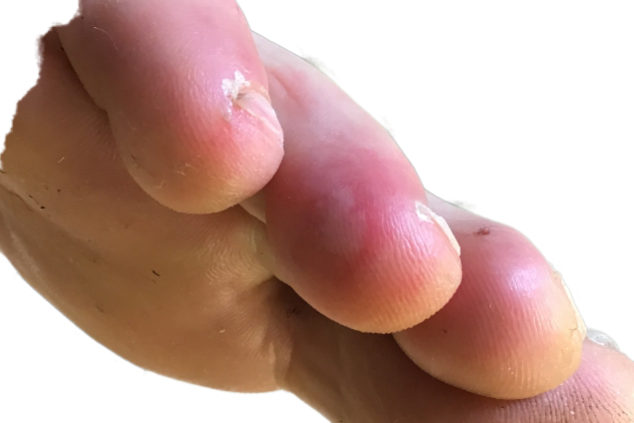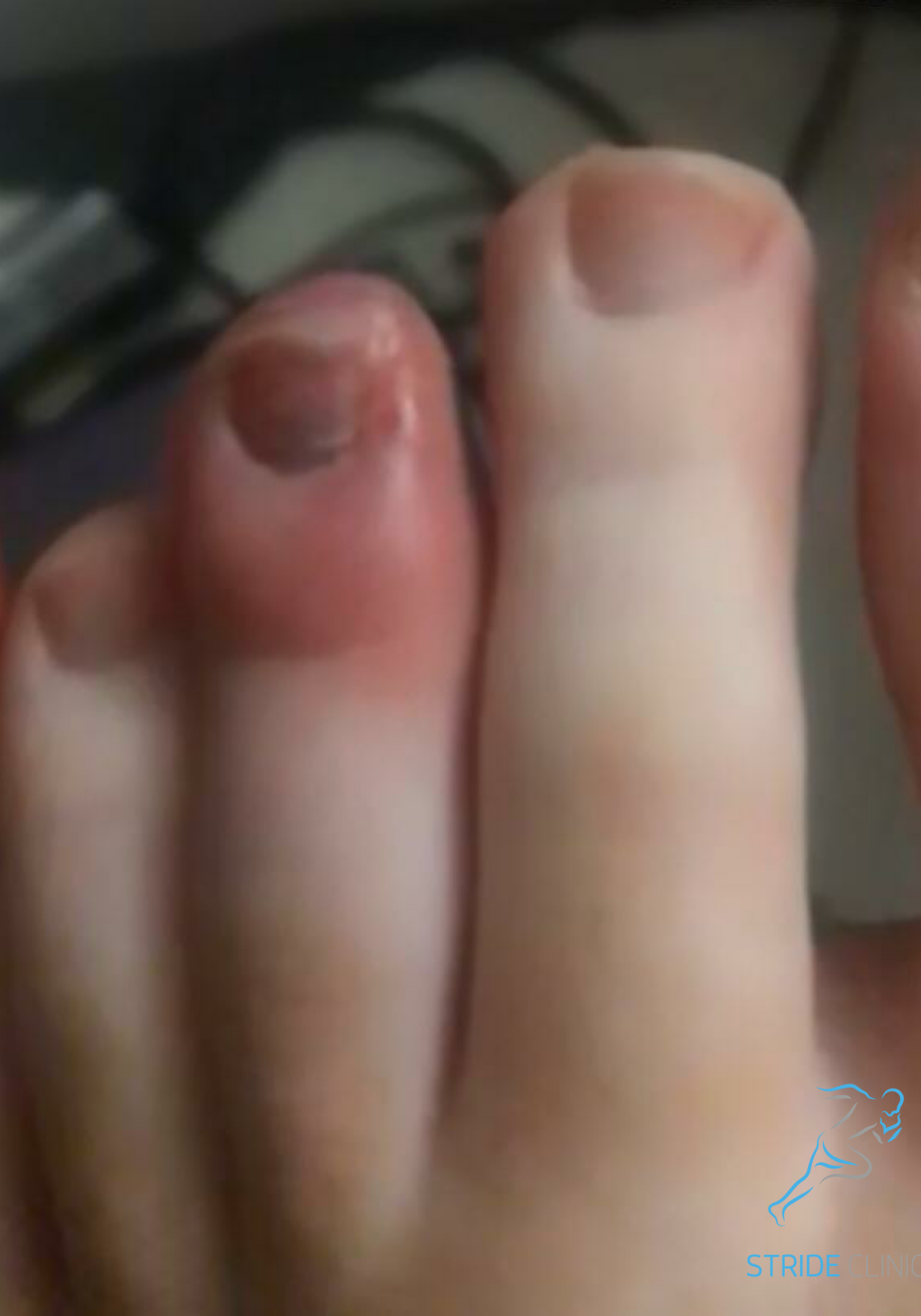Have you had your Annual Diabetic Podiatric Assessment?
Posted on 6th February 2021 at 12:42
Consistent monitoring of your diabetes is key in early detection of lower limb problems that can escalate quickly; a cut can become infected due to high blood glucose levels.
A crack in the skin can become fungal which can become chronic and painful and peripheral neuropathy can mean that you are unaware of the problem.
Diabetes is a chronic illness that needs regular monitoring by the person and a multi-disciplinary team including a podiatrist. It develops if the body becomes resistant to insulin or the pancreas becomes unable to produce enough insulin. This causes an increase in blood glucose levels as the job of insulin is to move glucose from the blood stream into your cells.
















